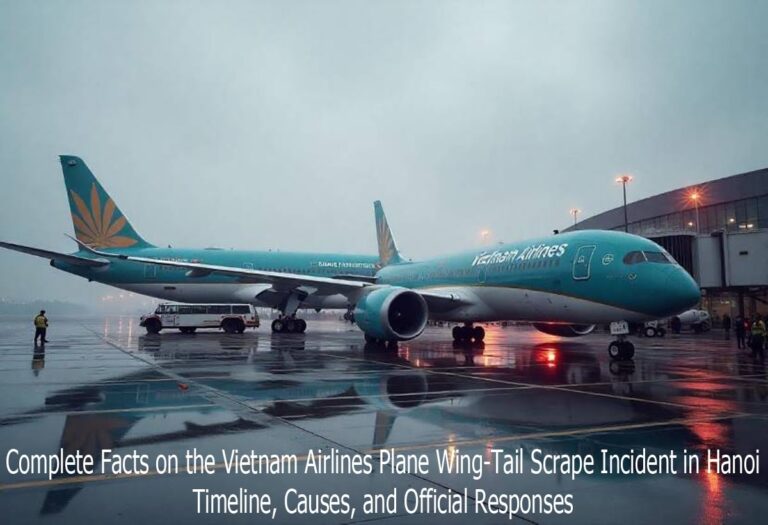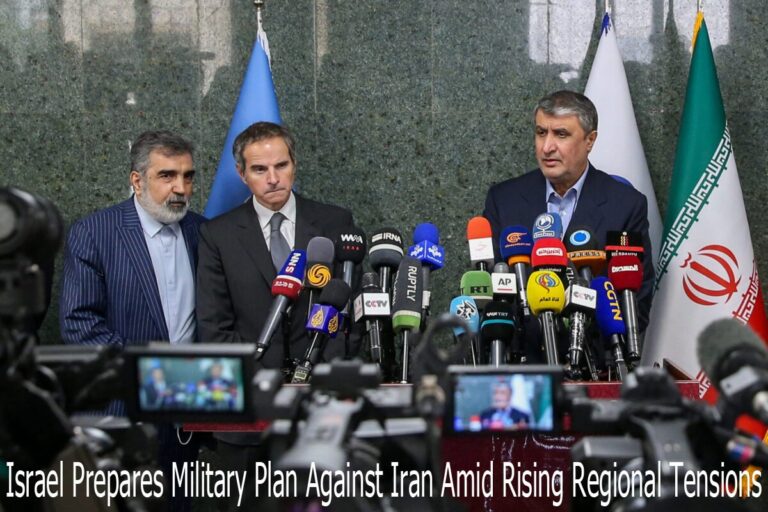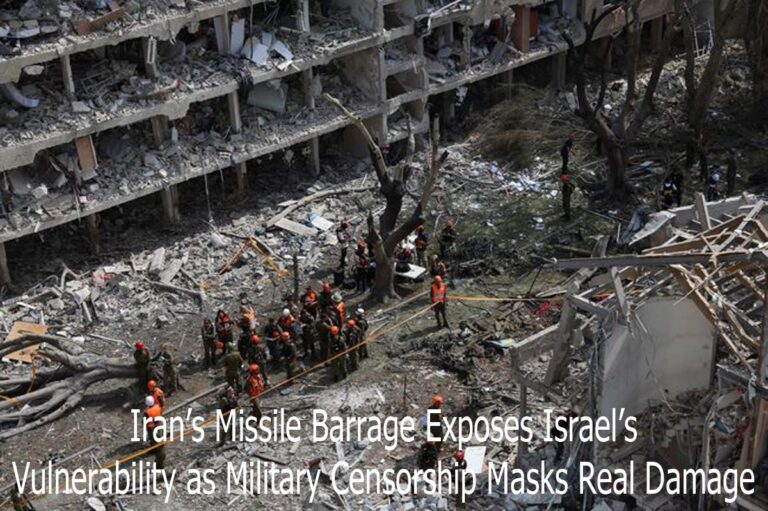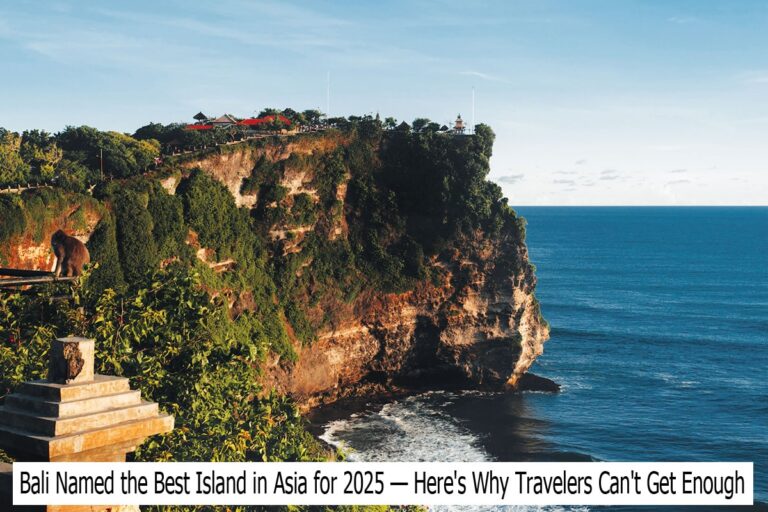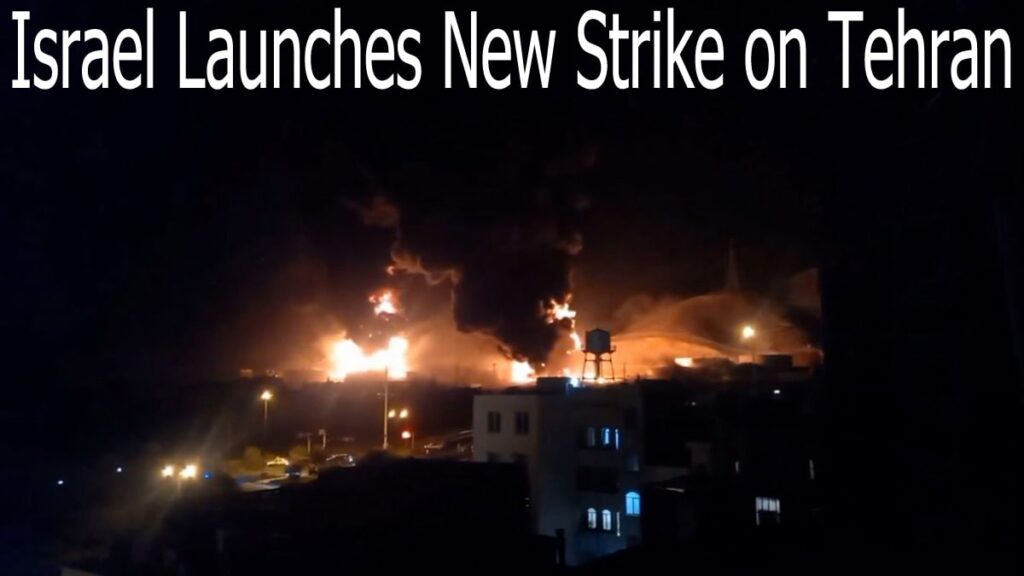
Israel Launches New Strike on Tehran
Tensions in the Middle East have reached a boiling point after Israel launched a fresh wave of airstrikes targeting key military and energy infrastructure in Iran’s capital, Tehran. The Sunday morning assault marked a significant escalation following a series of military actions between the two nations over the past week.
Timeline of Escalation
The conflict began on Friday, June 13, 2025, when Israeli fighter jets conducted a surprise attack on several Iranian nuclear and military facilities. Reports confirmed the deaths of multiple senior figures, including members of the Islamic Revolutionary Guard Corps and nuclear scientists allegedly involved in Iran’s strategic defense program. The Israeli government stated that the operation was a “preventive measure” against Iran’s potential nuclear threat.
Iran retaliated on Saturday night by firing more than 270 drones and ballistic missiles into Israeli territory. The retaliatory strikes hit several cities, including Bat Yam and Tamra, causing significant damage and killing at least 14 civilians. More than 300 individuals were reportedly hurt, including women and children.
Counterstrike: Tehran Under Fire
On June 15, Israel launched a new wave of precision airstrikes directly targeting Tehran. Massive explosions were heard near the Iranian Ministry of Defense complex and the South Pars gas field—one of the world’s largest. Iranian state media confirmed widespread fires in the affected areas, although official casualty figures have yet to be released.
The Israeli military claimed the attacks were part of a continued operation to neutralize “Iran’s offensive capabilities.” A spokesperson from Israel’s Ministry of Defense stated, “The strikes on Tehran were executed with high precision, focusing solely on active military infrastructure.”
Humanitarian Toll
Human rights observers reported over 400 Iranian casualties since the escalation began, with hundreds more injured. However, the Iranian government’s official death toll stands at 78, a figure viewed with skepticism by international watchdogs.
Most of the inbound missiles were intercepted by Israel’s Iron Dome defense system, while 22 escaped, resulting in structural damage and civilian deaths. The flood of injured citizens has overrun hospitals in central Israel.
International Reactions
The international community reacted swiftly to the crisis. The U.S. President voiced strong support for Israel while urging restraint. The Israeli raids on Iranian nuclear sites were sharply denounced by the Chinese government, which described them as a “dangerous precedent” for regional stability.
The United Nations Secretary-General issued an urgent call for a ceasefire and proposed immediate diplomatic negotiations. However, a scheduled nuclear dialogue between Iran and the United States in Oman was officially canceled by Tehran, citing deteriorating security conditions.
Risk of Regional Conflict
Analysts warn that the conflict risks drawing in neighboring countries, particularly as tensions in Gaza continue to rise. Iran has activated emergency protocols in major cities, converting mosques and metro stations into civilian shelters—a sign of the government’s concern over further Israeli assaults.
With Israel launching a new strike on Tehran and Iran intensifying its retaliation, the threat of open warfare looms large. The situation has now evolved into a multidimensional crisis—military, humanitarian, and diplomatic—with no immediate resolution in sight.
